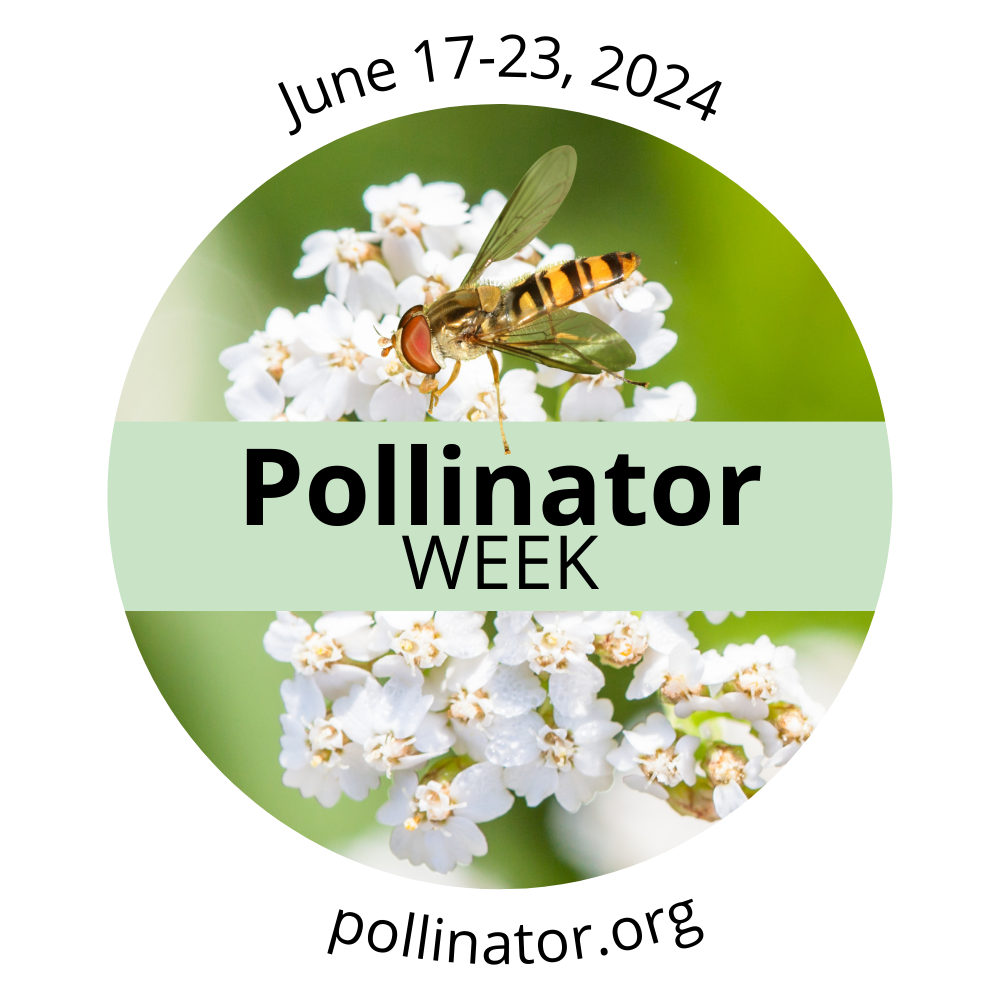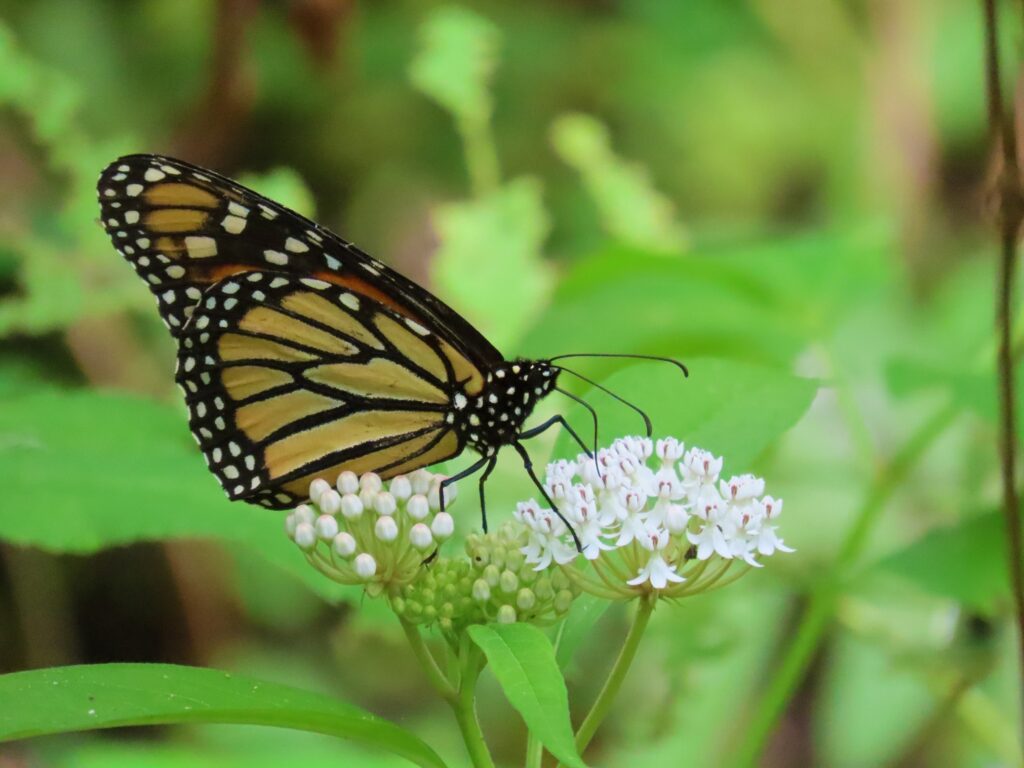





This year for Pollinator Week (6/17 – 6/23) we’re doing a 7-part series about native pollinators on Edisto Island!
Many of our flowering plants rely on pollinators to spread their pollen far and wide. But why do plants need pollinators? Insect pollination encourages cross-pollination between two unrelated plants, increasing a population’s genetic diversity and resiliency to climatic shifts, disease outbreaks, and environmental changes. It also allows a plant avoid producing the massive amounts of pollen needed for wind pollination, making the process more efficient for the plant. This frees up resources the plant can allocate towards growth, or producing nectar.
Nectar is the currency that plants use to pay pollinators for their hard work. It’s a deep-rooted mutualistic relationship. Native plants rely on insects to keep their populations healthy and insects rely on the plants for food. In the end, both groups are better off. This makes pollinators a lynchpin in the long-term health of our native ecosystems, and many plants need cross-pollination to set seed at all. Pollinators are thus extremely important to human agriculture. Many fruit trees and vegetables need insect pollination to produce viable fruit. If insect populations drop, agricultural yields can plummet even though all other site conditions are ideal. This is why recent trends of insect and pollinator declines are disturbing and worrying to ecologists. European Honeybees have been declining due to a myriad of pressures, such as increased misuse of insecticides in residential settings, foreign diseases and parasites becoming more established, and new invasive species, like the bee-eating Yellow-legged and Japanese “Murder” Hornets. These rising threats are highly damaging for beekeepers and agriculture. In parallel, our native pollinators aren’t able to pick up the slack due to similar pressures, such as systemic misuse of insecticides in residential areas, over-reliance on insecticides in agricultural settings, invasive plants, and habitat loss. The Monarch Butterfly and both the Southern Plains and American Bumble Bees are even candidates for listing as endangered species. However, we can mitigate these losses locally if we all help provide our pollinators with pollinator habitat.